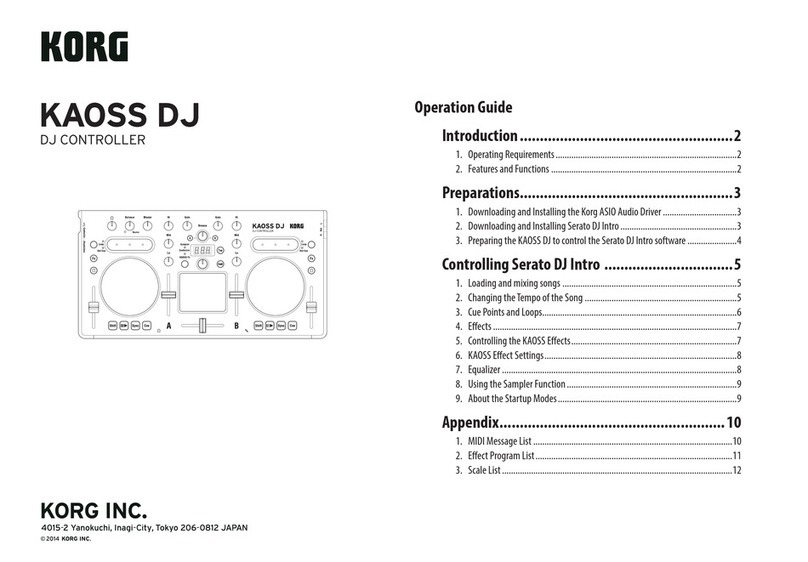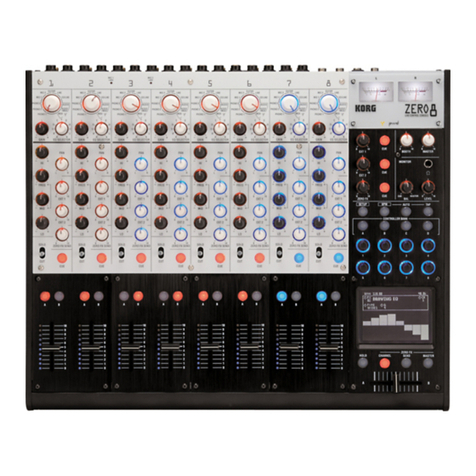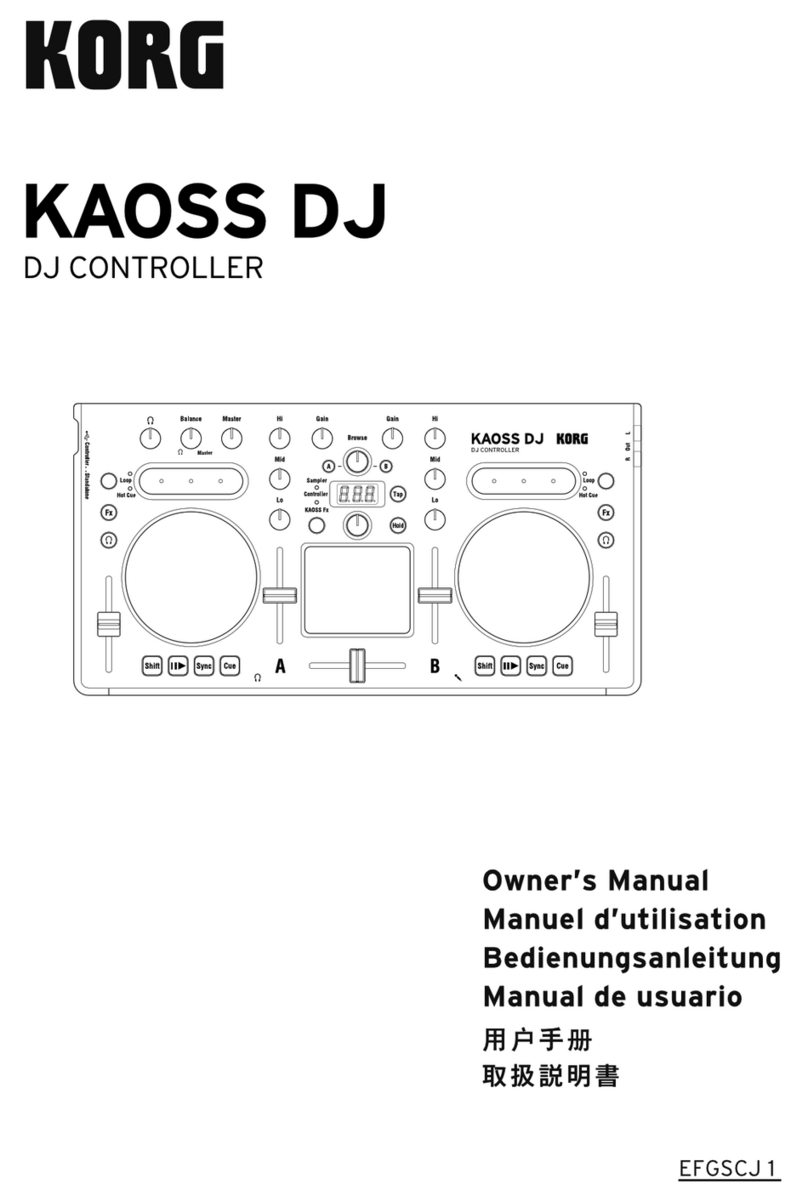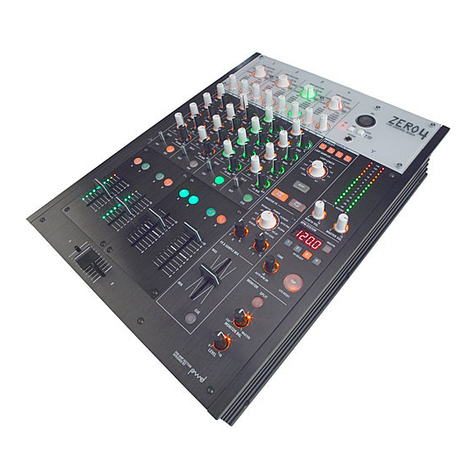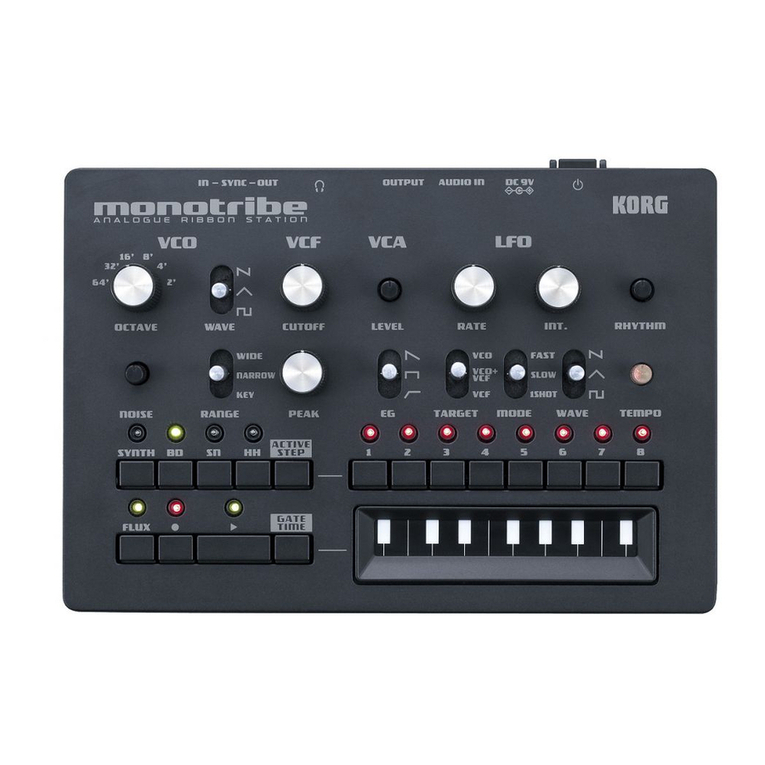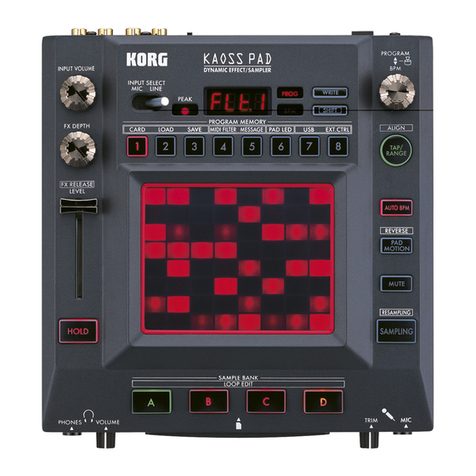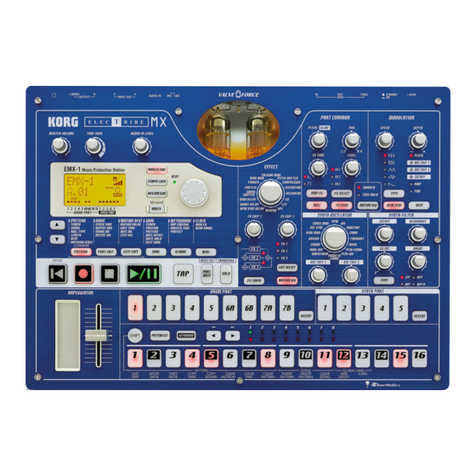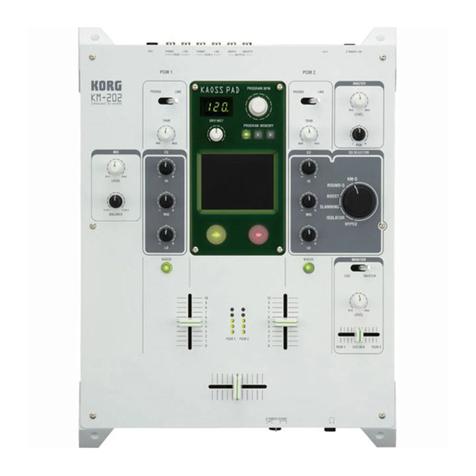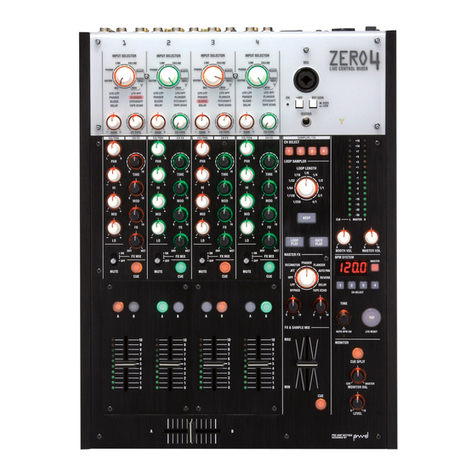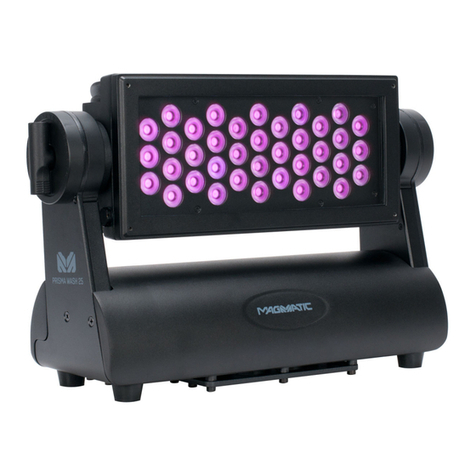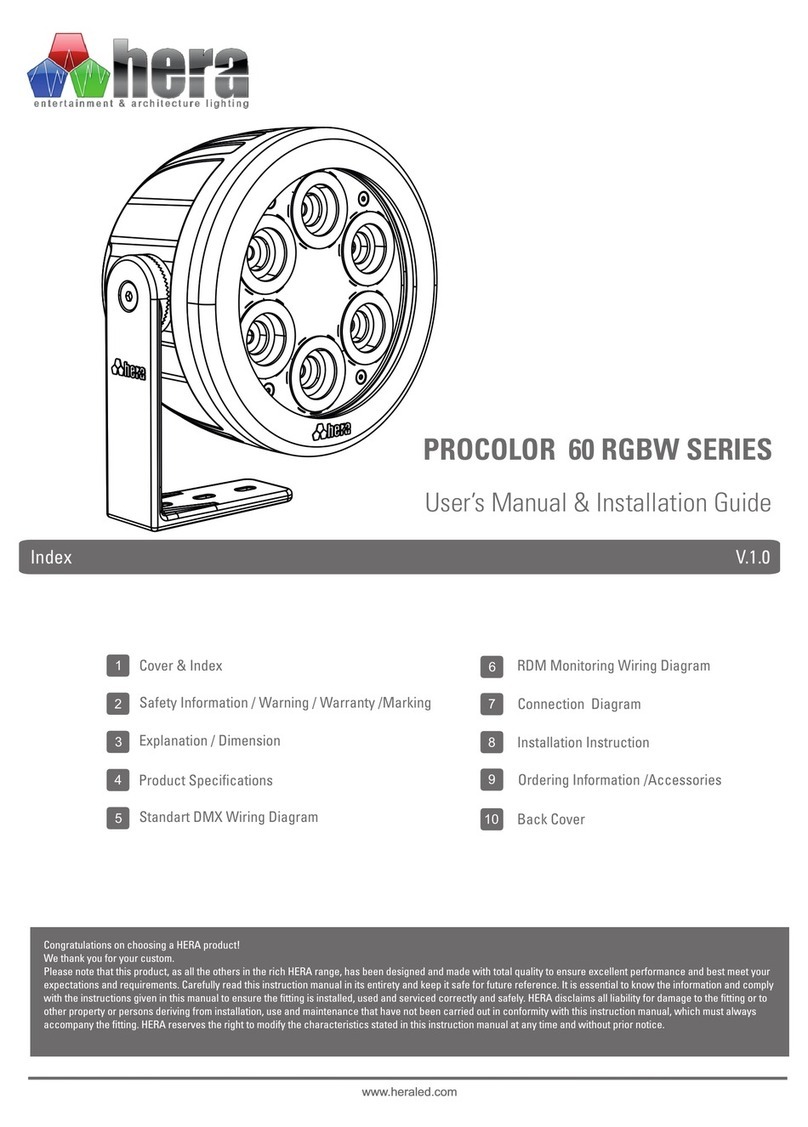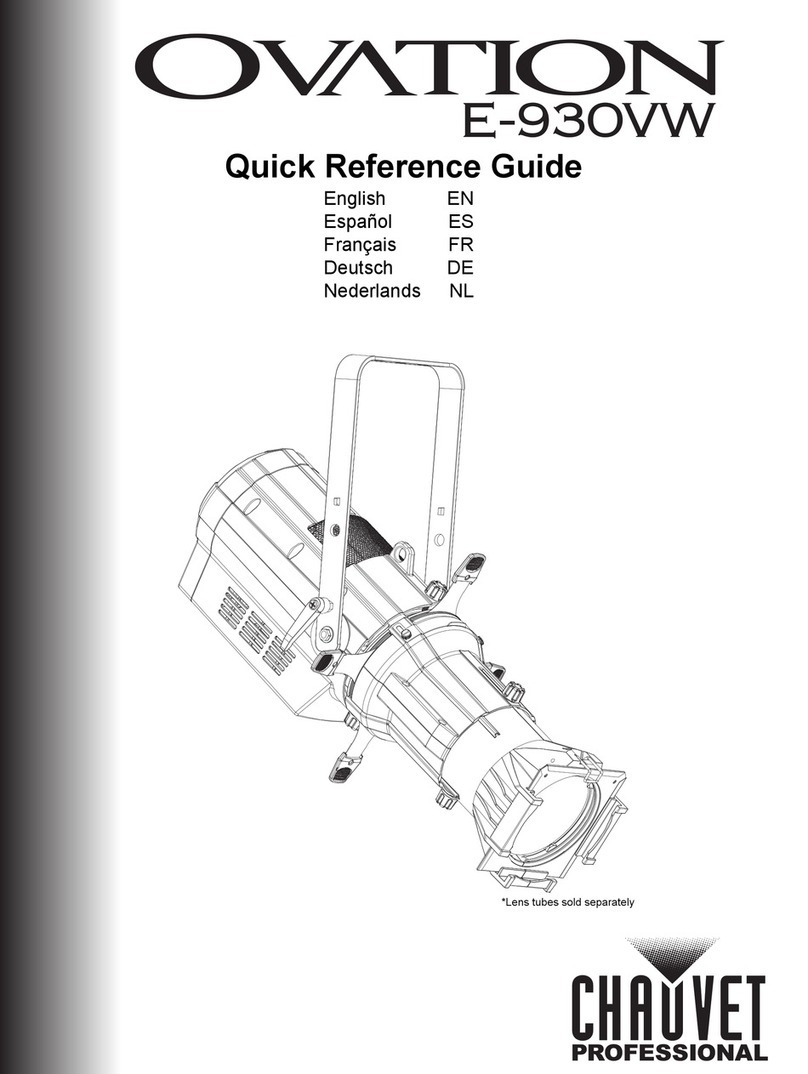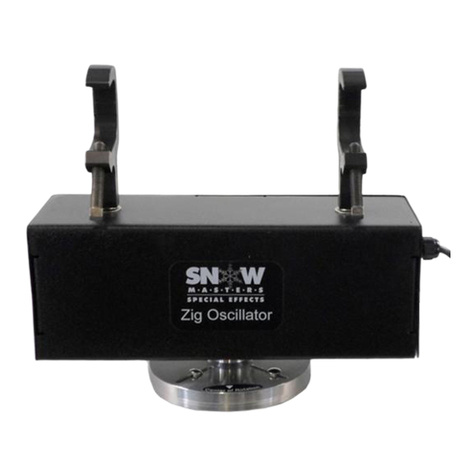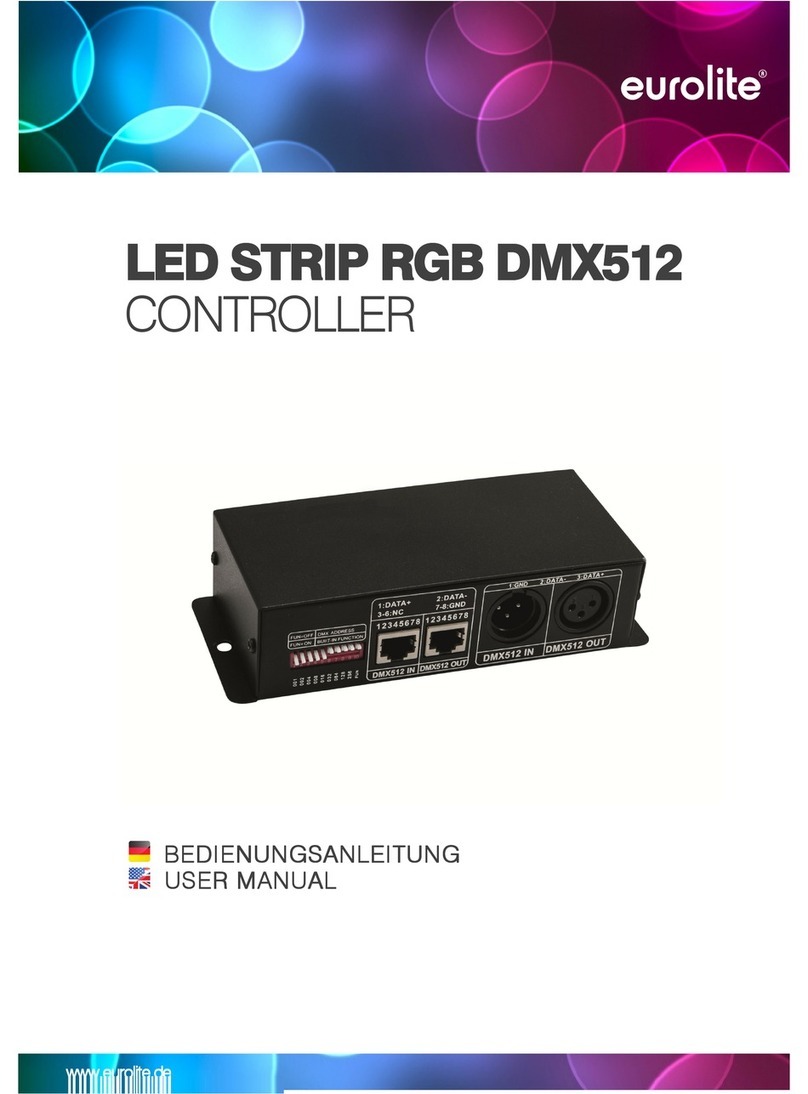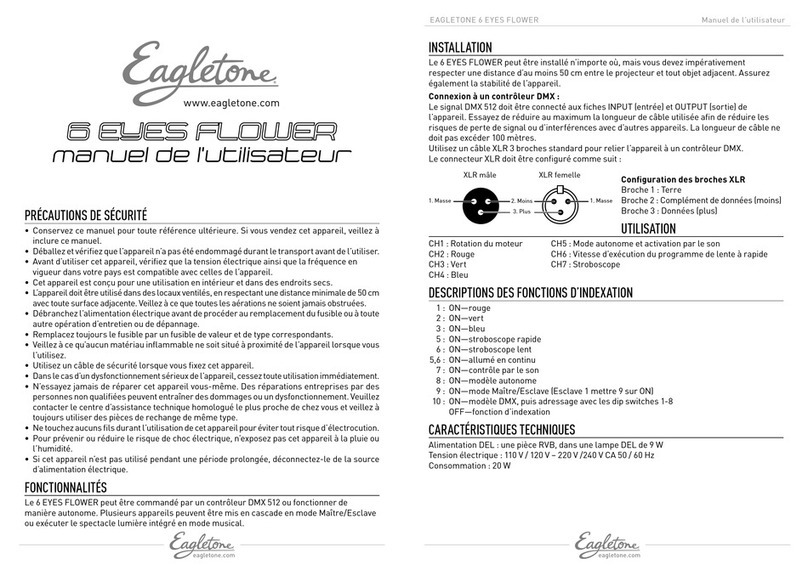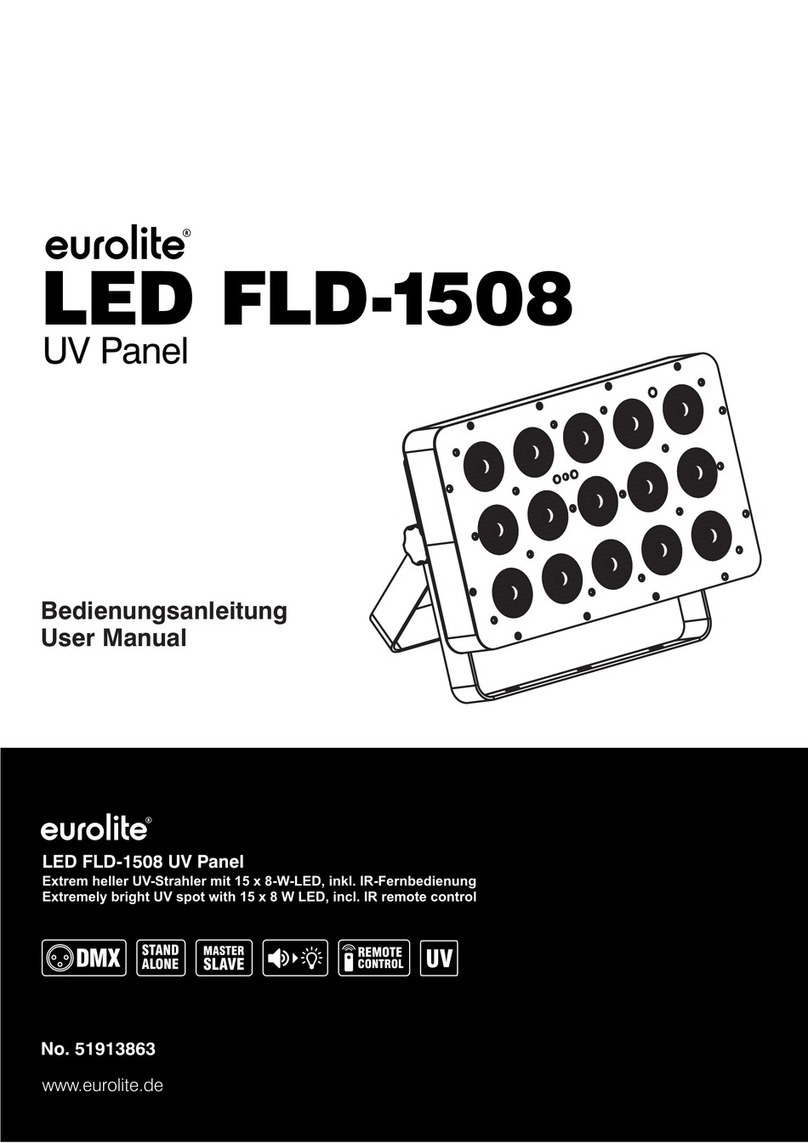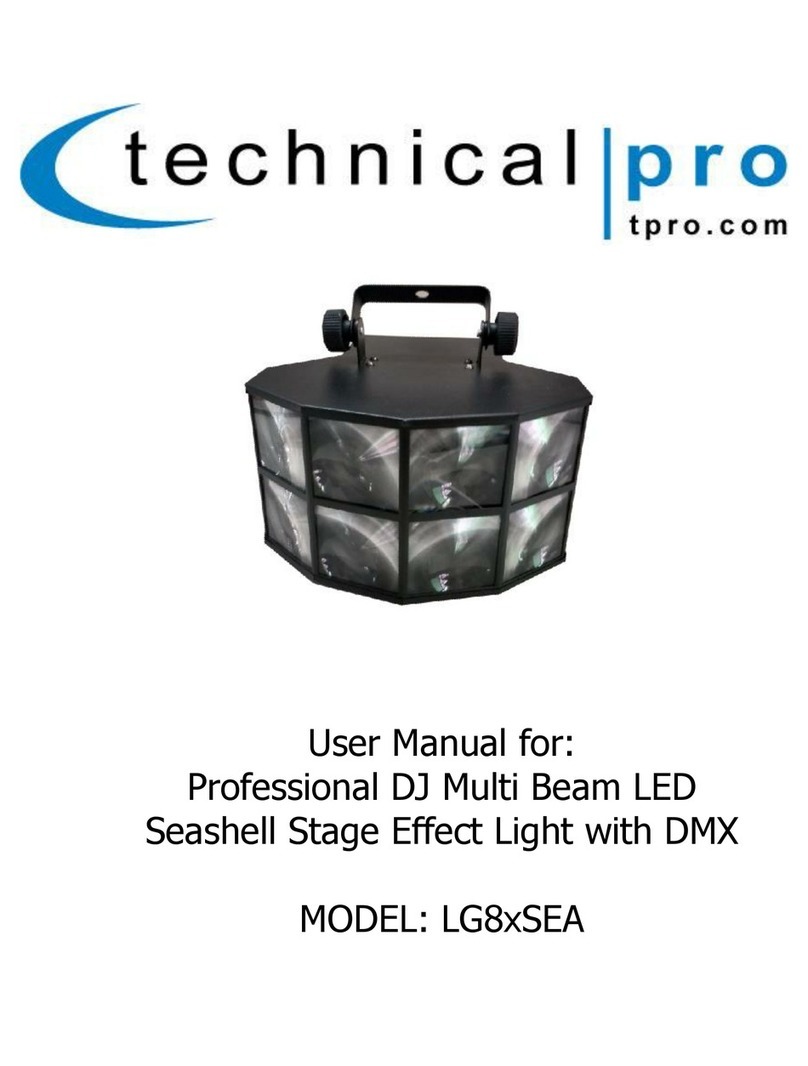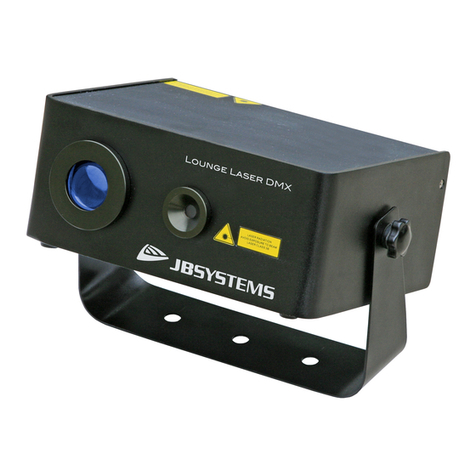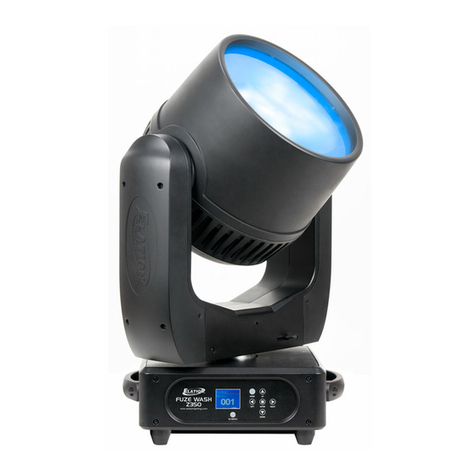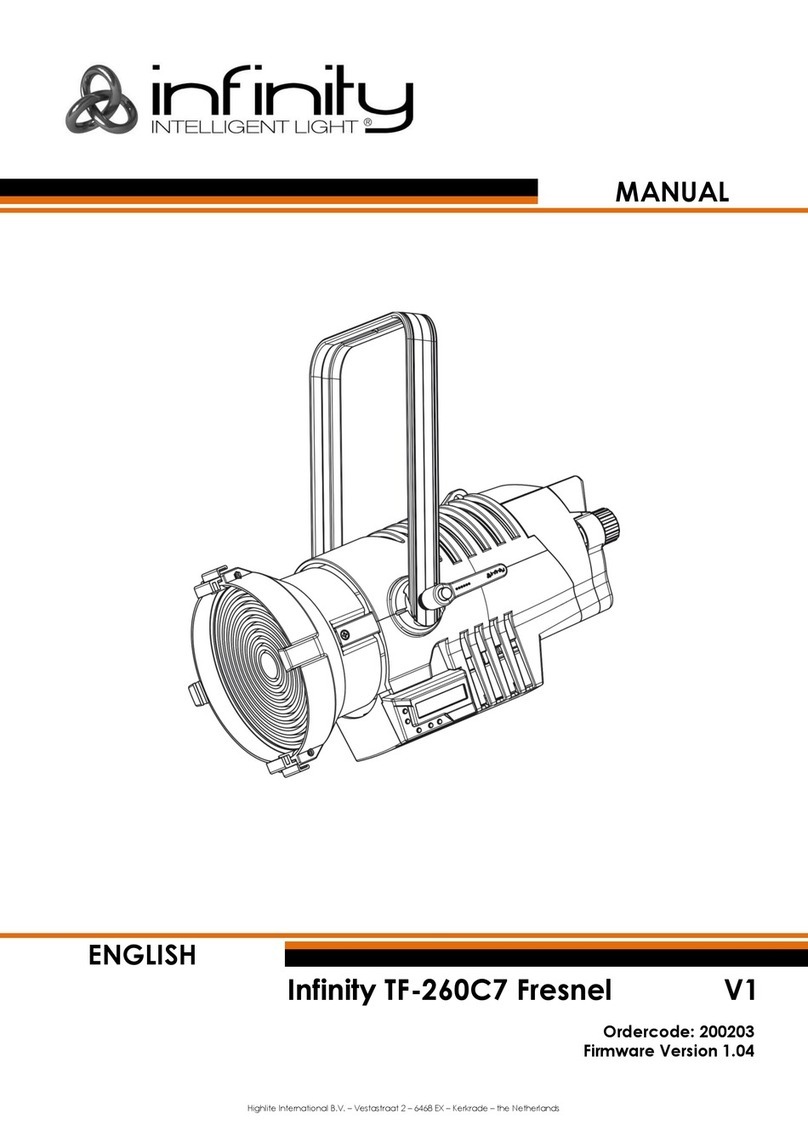
Important Safety Instructions
This product complies with IEC62368-1 safety
standards. Safety indication label is located
on the bottom panel of the unit.
The lightning flash with arrowhead symbol,
within an equilateral triangle, is intended to
alert the user to the presence of uninsulated
“dangerous voltage” within the product’s
enclosure that may be of sufficient magnitude
to constitute a risk of electric shock to persons.
The exclamation point within an equilateral
triangle is intended to alert the user to the pres-
ence of important operating and maintenance
instructions in the literature accompanying the
device.
1. Read and keep these instructions.
2. Heed all warnings.
3. Follow all instructions.
4. WARNING: To reduce the risk of
fire or electric shock, do not expose
this apparatus to rain or moisture.
5. Do not use this apparatus near
water.
6. Do not block any ventilation
openings. Install in accordance with
the manufacturer’s instructions.
7. Do not install near any heat sources
such as radiators, heat registers,
stoves, or other apparatus.
8. Do not defeat the safety purpose
of the polarized or grounding type
plug. A polarized plug has two
blades with one wider than the
other. A grounding type plug has
two blades and a third grounding
prong. The wide blade or the
third prong are provided for your
safety. If the provided plug does
not fit into your outlet, consult an
electrician for replacement of the
obsolete outlet.
9. Protect the power cord from being
walked on or pinched particularly
at plugs, convenience receptacles,
and the point where they exit from
the apparatus.
10. Use only with the
cart, stand, tripod,
bracket, or table
specified by the
manufacturer, or sold with the
apparatus. When a cart is used, use
caution when moving the cart/
apparatus combination to avoid
injury from tip-over.
11. Unplug this apparatus during
lightning storms or when unused
for long periods of time.
12. Refer all servicing to qualified
service personnel. Servicing is
required when the apparatus has
been damaged in any way, such
as power-supply cord or plug is
damaged, liquid has been spilled
or objects have fallen into the
apparatus, the apparatus has been
exposed to rain or moisture, does
not operate normally, or has been
dropped.
13. WARNING: The apparatus must
be connected to an AC power
output (MAINS) with a protective
grounding (earthing) connection.
14. Where a main AC connection
(MAINS) or appliance coupler,
such as power strip is used as the
disconnect device, the disconnect
device shall remain readily
operable.
15. Only use attachments/accessories
specified by the manufacturer.
16. Clean only with dry cloth.
17. This product must be disposed of
correctly.
This symbol indicates that
this product must not be
disposed of with houshold
waste, according to the
WEEE Directive (2012/19/
EU) and/or your national or
regional law. This product
should be taken to a collection center
licensed for the recycling of electronic
waste and electronic equipment (EEE).
The mishandling of this type of waste
could have a possible negative impact
on the environment and human health
due to potentially hazardous
substances that are generally
associated with EEE. At the same time,
your cooperation in the correct
disposal of this product will contribute
to the efficient use of natutal resources.
For more information concerning EEE
recycling, contact your local city office
or your household waste collection
service.
FCC Compliance
Supplier’s Declaration of
Conformity (for USA)
Responsible Party:
KORG USA INC
Address:
316 S. SERVICE RD. MELVILLE, NY
Telephone:
1+ 631-390-6500
Equipment Type:
HYBRID ANALOG/DIGITAL MIXER
Model:
MW-8 / MW-68
This device complies with part 15 of the
FCC Rules. Operation is subject to the
following two conditions: 1)This device
may not cause harmful interference;
2) This device must accept any
interference received, including
interference that may cause undesired
operation.
Note: This equipment has been tested
and found to comply with the limits
for a Class B digital device, pursuant to
part 15 of the FCC Rules. These limits
are designed to provide reasonable
protection against harmful interference
in both a commercial and residential
installation.
This equipment generates, uses and can
radiate radio frequency energy and, if
not installed and used in accordance
with the instructions, may cause harmful
interference to radio communications.
However, there is no guarantee that
interference will not occur in a particular
installation. If this equipment does
cause harmful interference to radio
or television reception,which can be
determined by turning the equipment off
and on, the user is encouraged to try to
correct the interference by one or more
of the following measures:
• Reorient or relocate the receiving
antenna.
• Increase the separation between the
equipment and receiver.
• Connect the equipment into an outlet
on a circuit different from that to which
the receiver is connected.
• When connecting this mixer to another
product use only quality shielded
cables.
• Use AC power outlets (MAINS) that
are on a different branch circuit (circuit
breaker or fuse), or employ a power
filter/conditioner.
• Consult the dealer or an experienced
radio/TV technician for help.
Unauthorized changes or modification
to this system can void the user’s
authority to operate this equipment.
